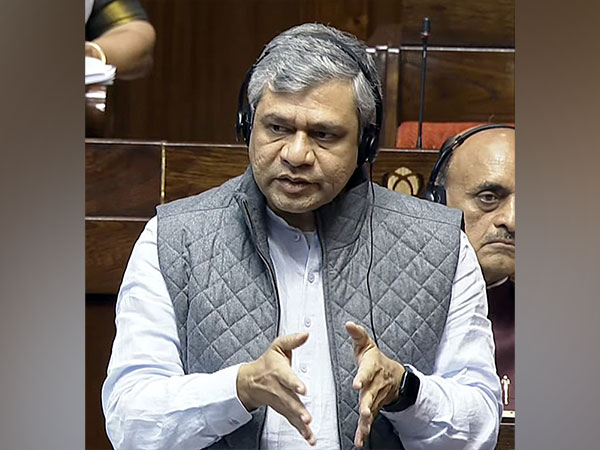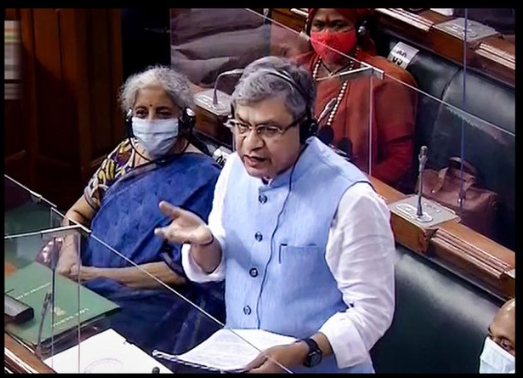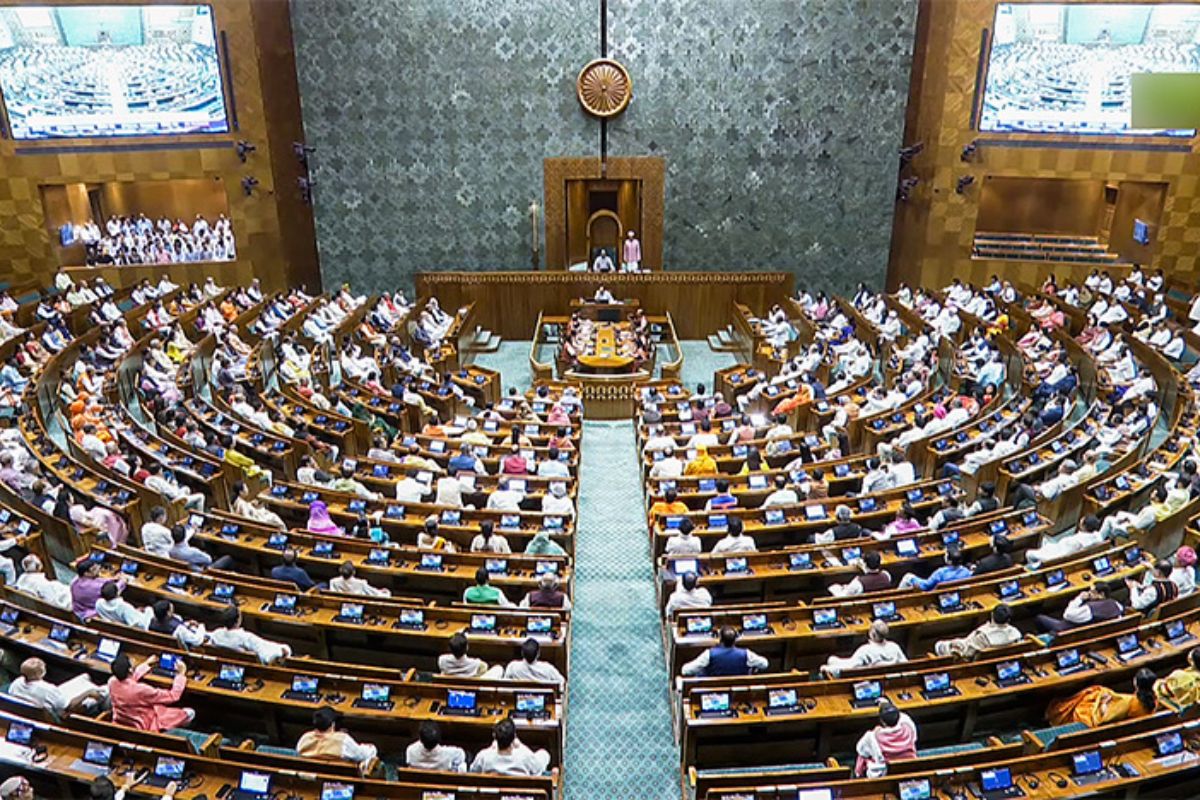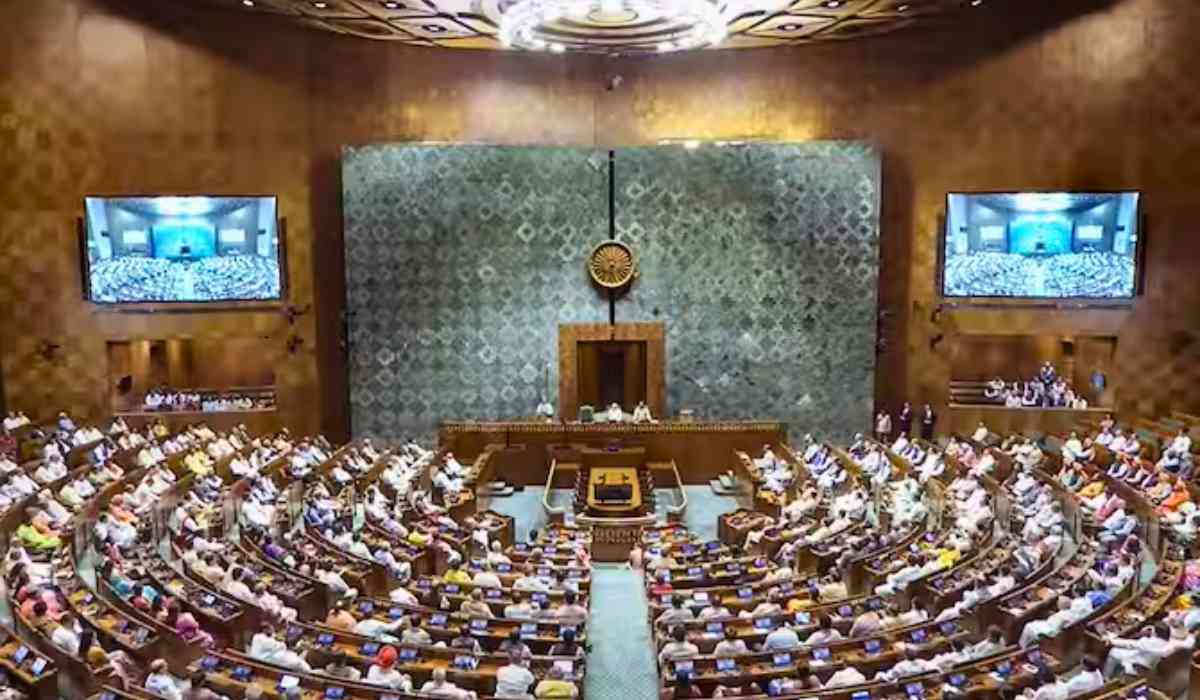On December 18, India introduced the Telecommunications Bill, 2023, ushering in an era of unusual transition for the country's telecommunications industry. This legislation, the first substantial amendment in 138 years, aims to replace antiquated statutes such as the Indian Telegraph Act of 1885. This extensive revision aims to regulate telecommunications activities by replacing outdated laws and encouraging transformative improvements. The bill addresses issues such as telecom authorization, spectrum management, user protection, and the development of Digital Bharat Nidhi. The Indian Wireless Telegraphy Act of 1933, and the Telegraph Wires (Unlawful Possession) Act of 1950 are all repealed in this legislation. It also modifies the 1997 Telecom Regulatory Authority of India (TRAI) Act.

PC: X - Shri Ashwini Vaishnaw (Minister of Electronics and Information Technology)
The following are the main takeaways:
1. Telecom Activities Authorization:
According to the new legislation, a variety of telecom-related activities, such as service providing, network establishment, and radio technology possession, now require prior clearance from the central government. It is important to emphasize that existing licenses will remain valid, ensuring a smooth transition.
2. Spectrum Management and Assignment:
The government prefers to assign spectrum through auctions, however, there are occasional exceptions for specific needs such as national security, disaster relief, and satellite services. The central government has the right to repurpose or reassign frequency ranges in order to promote efficient spectrum utilization through techniques such as sharing, trading, leasing, and surrender.
3. Interception and Search Powers:
The bill empowers authorities to intercept, monitor, and prohibit messages in specific situations involving public safety, emergencies, and national security. Telecom services may also be temporarily interrupted, and the government may take temporary control of telecom infrastructure during emergencies.
4. Assessments & Standards:
The bill empowers the central government to create specifications for telecom equipment, infrastructure, networks, and services to promote industry-wide conformity.
5. The right of way:
Facility providers are granted the right to use public or private property to install telecom infrastructure, with a focus on fairness and inclusivity.

6. Users' protection:
Measures such as consent methods for specific communications, the construction of 'Do Not Disturb' registers, and a complaint-handling mechanism have been introduced to assure user protection. Telecom service providers must set up online channels where users can register and address complaints.
7. TRAI appointments:
The TRAI Act is being amended to allow individuals with significant professional experience to be appointed as chairpersons and members, improving the regulatory body's expertise.
8.Bharat Nidhi Digital:
The bill, which introduces the Digital Bharat Nidhi, formerly known as the Universal Service Obligation Fund, seeks to expand its objectives by adding research and development operations alongside its mission of providing telecom services to underserved regions.
9. Penalties, Offenses, and the Adjudication Process:
The bill provides provisions for both criminal and civil offences involving unlicensed telecom activity, as well as punishments for both. To achieve a fair and quick settlement, an adjudication mechanism including designated committees and the Telecom Disputes Settlement and Appellate Tribunal (TDSAT) has been formed.

To summarize:
The Telecommunications Bill of 2023 touts itself as a comprehensive and forward-thinking legislative framework capable of propelling India into a new era of digital connectedness.
You may also read: Telecom Bill Requires Biometric ID For New SIM Cards
Ⓒ Copyright 2023. All Rights Reserved Powered by Vygr Media.























